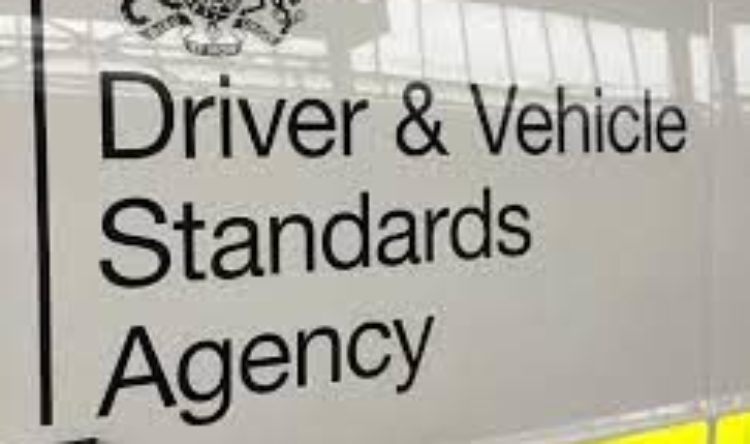Speeding rate slows down
Latest figures reveal less speeding motorists
The latest government statistics reveal a fall in the number of motorists speeding.
It follows a peak in speeding drivers during the pandemic lockdowns. This in turn was caused by lower traffic levels, free flowing roads and a lack of traffic police.
Straight to the point
Government statistics measure speed and compliance at sites where the road conditions are ‘free flowing’. These generally include roads with no junctions, hills, sharp bends, speed enforcement cameras or other traffic calming measures.
The stats show in 2021, 48% of drivers exceeded the speed limit on motorways, compared to 53% in 2020.
They highlight a similar fall on National Speed Limit (NSL) single carriageways (down from 12% in 2020 to 11% in 2021) and on 30mph roads (down from 56% in 2020 to 51% in 2021).
Meanwhile on 20mph roads, 87% of cars exceeded the speed limit – with 19% breaking the limit by more than 10mph.
The DfT stresses that free flowing conditions are not typical of most 20mph roads.
DfT guidance suggests that 20mph limits are most effective when they have traffic calming measures.
However, a problem with 20mph roads is a lack of legal enforcement and therefore deterrents.
Weekenders
The data also shows that the percentages of vehicles exceeding speed limits was higher at weekends.
On motorways, 47% of cars exceeded the speed limit during weekdays, rising to 52% on weekends.
Meanwhile on 30mph roads 50% of cars exceeded the speed limit on weekdays, compared to 55% on weekends, and on NSL single carriageways, the figures were 11% and 14% respectively.
The DfT says figures quoted in the report are not representative of the level of speeding across the whole road network, which it would expect to be lower.






